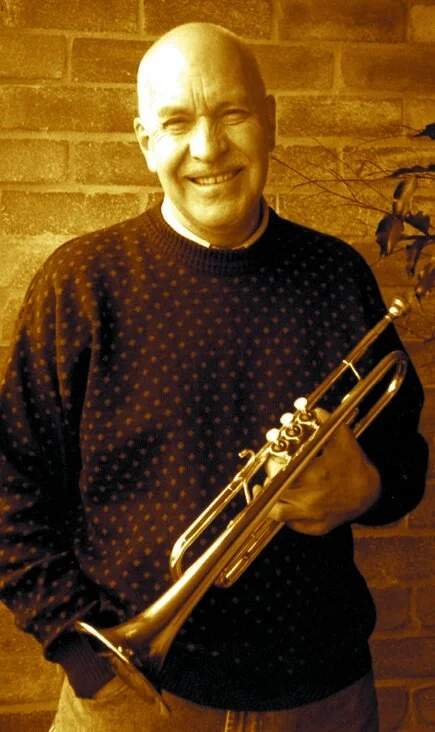BRUCE JOHNSON
This folder is dedicated to the writings of Professor A J B (Bruce) Johnson, perhaps best-known as the author of the Oxford Companion to Australian jazz (1987). A prolific writer on Australian jazz, his articles on this website already appear in many folders, and in the fulness of time they will hopefully be uploaded to this folder. Click on the INDEX button for a list of articles in this folder.
Harry Stein
IF THOSE WALLS COULD ONLY SPEAK
by Harry Stein with a comment by Bruce Johnson
Jazz Magazine, Summer/Autumn, 1986
If those walls at 104 Queensberry Street, North Melbourne, where Australia’s first Jazz Convention was held in 1946, could only speak! What would they say? It would have to be a mixture of vaudeville tunes, revival hymns, socialist politics and hot jazz licks…
AUSTRALIAN JAZZ HISTORY: A COMPREHENSIVE OVERVIEW
by John Whiteoak & Bruce Johnson
Currency Companion to Music & Dance in Australia, 2003
The most prominent strand in the early history of Australian jazz is American influence on Australia popular music in the 1920s—the jazz age. Professional musicians ‘jazzed’— jazzed up—popular music in keeping with Australian interpretations of the exuberance and excitement of entertainment fashions in the jazz age. African—American elements in early Australian jazz largely represented a long tradition of highly mediated African—American influence on popular music and dance, which blackface minstrels brought here in the 1850s. Black American jazz held little interest or esthetic appeal for Australians until the 1930s…
Bruce Johnson
MAKING A DIFFERENCE: MORE GIGS, BETTER PAY
by Bruce Johnson
AJIRN Conference, June, 2018
There is currently a revival of anxiety about the declining level of live music in Australian cities, so it seems like a good time to report on a research project into the state of live performance opportunities for popular musics in New South Wales conducted over a decade ago. It resulted in parliamentary debate and significant changes relating to entertainment legislation which demolished many obstacles to the presentation of live music. I therefore present this paper as a case study in how to give social actualisation to our work as music researchers, to answer the question ‘So What?’


